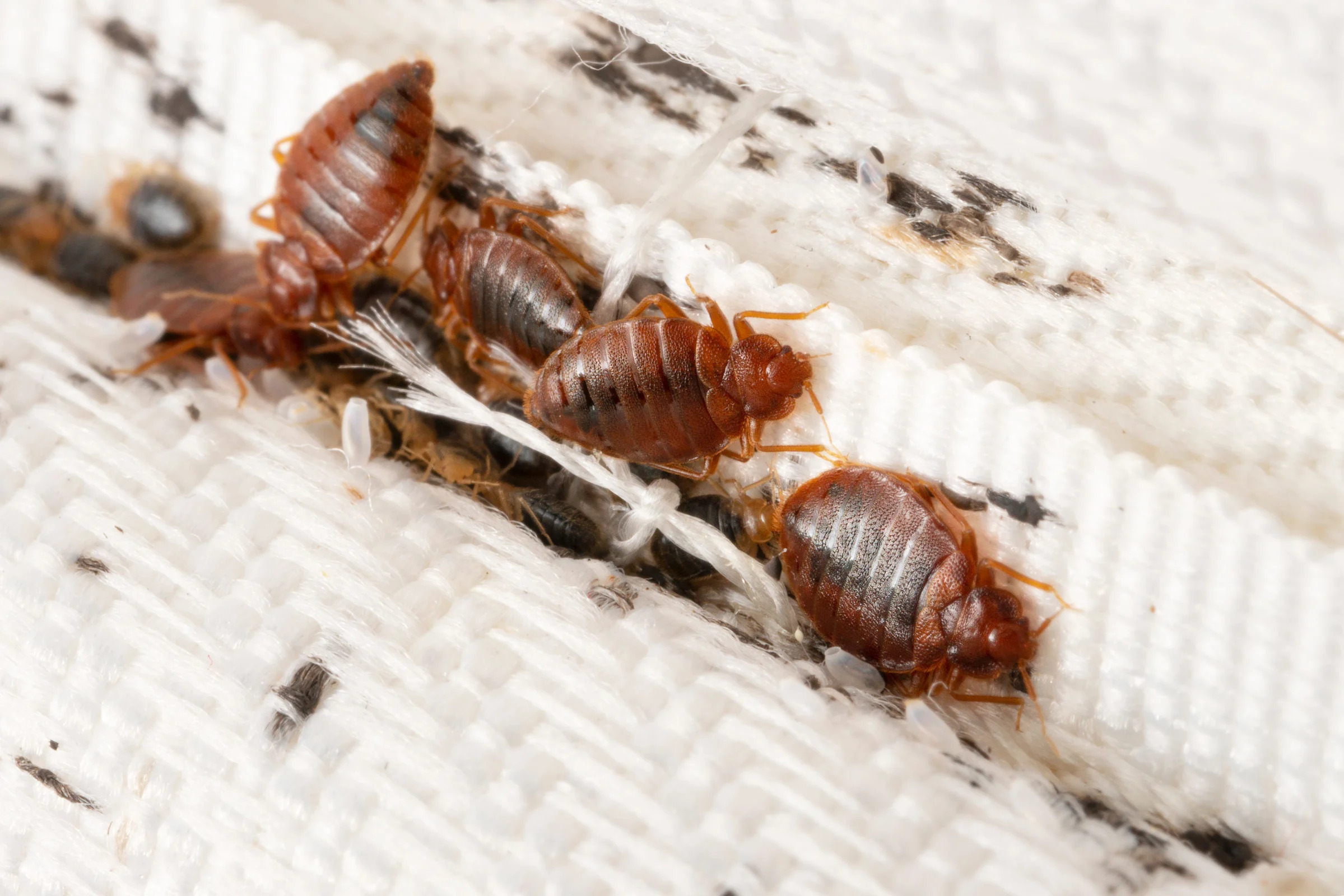Bedbugs are a traveler’s fear and homeowner’s nightmare. You’re not likely to escape them completely in most states across the USA, but you may be more likely to encounter them in some cities than others.
In its yearly list of the 50 worst American cities for bedbugs, pest control company Orkin once again ranked Chicago at the top, securing the first-place spot for the fourth year in a row.



New York and Philadelphia also held their rankings as numbers two and three on the list, followed by the Cleveland-Akron metro area and Los Angeles.
Some cities occupying lower spots on the list overall saw large jumps between this year and last, like Greensboro, NC, which moved up 25 spots and Milwaukee, which jumped up 15.
In better news, some cities moved down the list, having improved their handle on the bedbug population. San Fransico moved down on the list 19 spots, followed by Buffalo, NY, which moved down 13 spots.


The list, which covers both residential and commercial buildings, is based on Orkin treatment data from major metro areas from Dec. 1, 2022, to Nov. 30, 2023.
Bedbugs are insects that feed on human blood, resulting in red, itchy bite marks. These mostly nocturnal pests are round, measure about 5 millimeters long as adults and are a red to dark brown color.
Bedbugs cannot fly but do travel efficiently, clinging to clothing, purses, luggage, bed sheets, furniture and other fabric surfaces.
They are considered a public health pest by the Environmental Protection Agency (EPA), the Centers for Disease Control and Prevention (CDC), and the USA Department of Agriculture (USDA), though they are not known to carry or transmit diseases like other such pests.
Bedbugs are resilient and multiply quickly, according to Orkin, as female bed bugs can deposit up to five eggs a day and lay 200 to 500 eggs in their lifetime.
They can also survive several months without food but are likely to emerge the moment a food source, meaning humans or animals, becomes available.

Because they travel so well, bedbugs are likely to follow you home on personal items like bags and clothes.
You’re most likely to pick them up from places where people sit or hang out often, such as bus and train seats, airplanes, movie theater cushions and public furniture.
Once in your home, they can attach to multiple fabric surfaces but are known specifically for hiding in mattresses, box springs, bed frames and bedding, hence the name “bedbugs.”
Bedbugs can sometimes be mistaken for other insects and vice versa, meaning the first step to treating them is making sure you actually have them, according to the EPA.
Adult bed bugs are about the size of an apple seed, long and brown with flat, oval-shaped bodies if not recently fed and balloon-like, reddish brown and more elongated if recently fed.
Young bed bugs are smaller, translucent and whitish-yellow. Eggs are tiny, about the size of a pinhead, and pearl-white.
USA Today / ABC Flash Point News 2024.












































Welcome to the travel and tourist businesses.